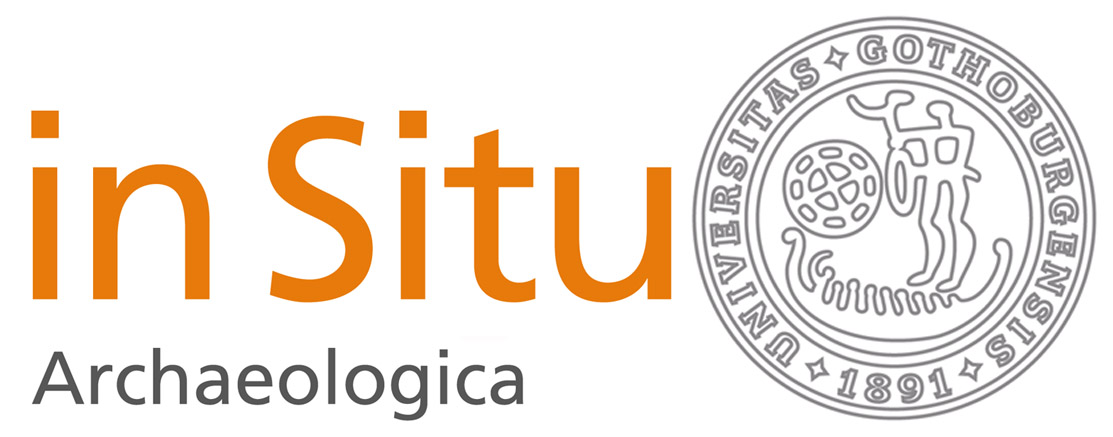Kosmologiska mantlar – strödda tankar kring hällbildsforskningens primitiva arv och epistemologi jämte bronsålderns kosmologi
DOI:
https://doi.org/10.58323/insi.v5.12706Keywords:
Hällristningar, Teori, MetodAbstract
This article was originally presented at the 8th Nordic Bronze Age Seminar, held at the National Museum in Copenhagen back in 2000. It focuses on rock art interpretation in general and the history of research and interpretation of the so-called “cap” motifs in particular. Today, eleven different cap motifs are known in Scandinavia. I argue that researchers often tend to focus, isolate and overemphasise different single rock art motifs, or categories of motifs, and their connotations in an essentialistic search of their meaning. To put it simple: A cap is interpreted as a cap. It is also argued that this simplistic interpretation is related to a functionalistic research tradition that was formulated in the late 19th and early 20th century. This research tradition was challenged by Jarl Nordbladh during the 1970s and his structuralistic prolegomena. Inspired by the latter perspective, and some anthropological case studies, I hope to be able to show that the meaning of a single rock art motif is not imbedded in the motifs themselves, nor their connotation per se. In my own approach to the cap motifs, I include other motifs, and relate the images to the mythological birth and rebirth of the sun and how this is expressed at some open air sites and in the closed burial context in Sagaholm, Kivik and Klinta. The article ends with a suggestion that there are several ways to express meaning through the use of rock art. A cap is not always a cap.
Downloads
Downloads
Published
How to Cite
Issue
Section
License
Authors contributing to In Situ Archaeologica agree to publish their articles under a Creative Commons License. This gives third party different rights to use the material under certain conditions. These rights is defined by which license the article is published and it is the third partly responsibility to ensure that the license is fullfilled in any re-use of the material. Authors always retain copyright of their work and any re-use of the material presumes that appropriate credit is given the author, a link is provided to the license, and any changes made are clearly indicated.



